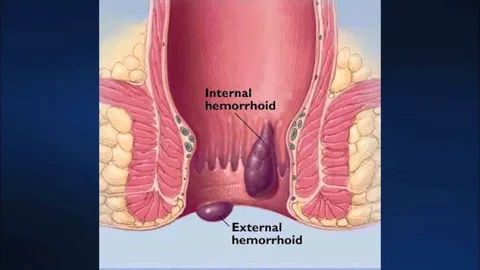Piles, commonly referred to as hemorrhoids, are enlarged blood vessels located in or around the anus and rectum. They can lead to symptoms such as pain, itching, bleeding, and discomfort during bowel movements. It is crucial to comprehend the underlying causes and explore effective treatment options for piles to achieve relief.
- Common Causes of Piles:
- Chronic Constipation: Straining during bowel movements increases pressure on the veins in the rectal area, resulting in piles.
- Low-Fiber Diet: A diet deficient in fruits, vegetables, and whole grains can lead to hard stools, which may contribute to the development of piles.
- Pregnancy: The additional weight from the baby and hormonal changes can result in piles among pregnant women.
- Prolonged Sitting: Extended periods of sitting, particularly on the toilet, can elevate pressure in the lower rectum.
- Obesity: Excess weight places additional pressure on the veins in the rectal area.
- Heavy Lifting: Regularly lifting heavy objects can induce piles due to increased abdominal pressure.
2. Most Effective Treatment Options for Piles:
a. Home Remedies for Piles
- Ice Packs: Apply to reduce swelling and alleviate discomfort.
- Sitz Baths: Immerse the anal area in warm water for 10–15 minutes.
- Topical Creams: Utilize over-the-counter creams containing hydrocortisone or witch hazel.
b. Lifestyle and Dietary Modifications
- Hydration: Aim to drink 8–10 glasses of water each day.
- High-Fiber Diet: Incorporate more fiber-rich foods such as fruits, vegetables, and whole grains.
- Exercise: Engage in regular physical activity to help prevent constipation.
c. Medical Treatments for Piles
- Rubber Band Ligation: A rubber band is placed to cut off blood supply to the hemorrhoid.
- Infrared Coagulation: Laser or infrared light is used to reduce the size of the pile.
- Sclerotherapy: A chemical injection is administered to shrink the hemorrhoid.
- Surgery: Options include hemorrhoidectomy or stapled hemorrhoidopexy for severe cases.
- When to Consult a Professional for Piles Treatment:
If you experience significant bleeding, intense pain, or ongoing symptoms despite home treatment, it is advisable to seek medical attention from a doctor or proctologist for advanced treatment options for piles.





